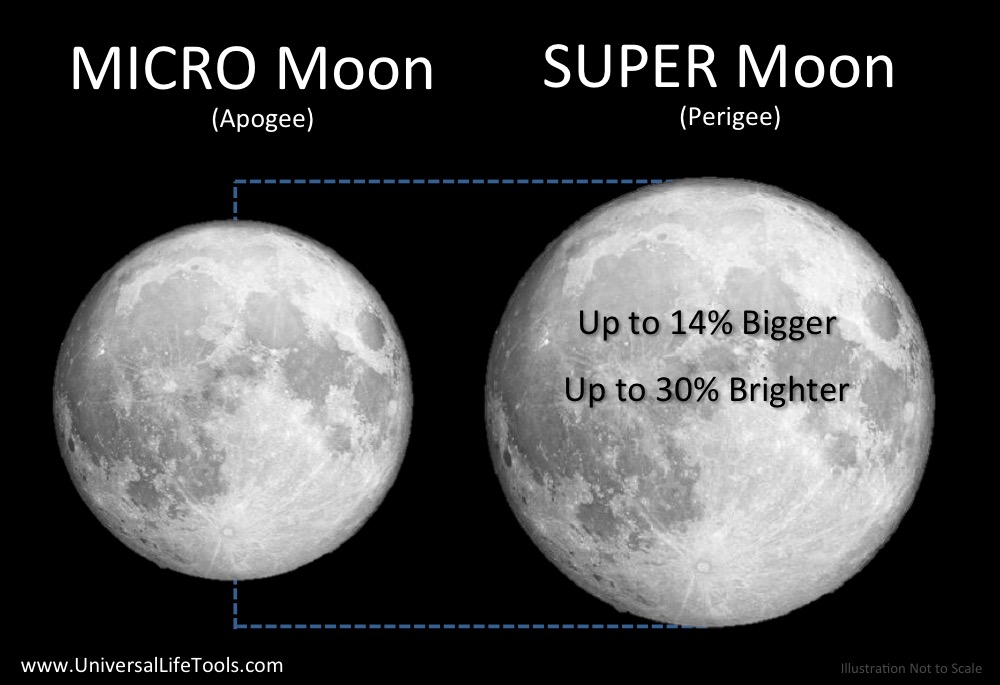A full moon the likes of which we haven’t seen for almost 70 years will grace skies around the world today night.
The ‘supermoon’ — so named because the moon will be both in its full phase and at its closest point to Earth during its orbit at the same time — will be the closest of its kind since 1948.
This cosmic coincidence won’t happen again until 2034, according to NASA.
From Sunday night through Monday night, the moon will be big, bright and shining just about 216,486 miles from Earth’s surface. If you have good weather, you should be able to spot it.
Supermoons like these are rare thanks to the moon’s wacky orbit. The natural satellite doesn’t move around Earth in a perfect circle, which means that occasionally the moon will hit full phase when it is at its closest point (perigee) or farthest point (apogee) from the planet.
In North America, the moon will hit perigee 6:23 a.m. ET Monday, making it to full phase about three hours later. In the UK, perigee will occur at 11:23 a.m. GMT.
In Australia, it will hit perigee 12:53 a.m. AEDT early Tuesday morning, although it will be best viewed during Monday’s sunset.
But before you catch supermoon fever, it’s important to note that this week’s supermoon won’t actually look all that much different than a regular full moon.
However, it could be particularly impressive as it rises, as well as in areas where the brightness of the moon is especially noticeable, such as along a coastline.
When the moon rises on Monday, it will look about 30 percent brighter and 14 percent larger than the full moon does when it’s at its farthest point from Earth. This means that the moon won’t be that much larger than it is during any given full moon.
The supermoon could have some effects on Earth, though; according to the National Oceanic and Atmospheric Administration (NOAA), a full moon at perigee can boost tide levels on the planet.
Along the Alaska coast, for example, a perigee full moon can increase the tide by about six inches, however that is less than a 2 percent increase above the usual, NOAA said.
In some low-lying coastal areas that are already experiencing nuisance flooding events due to sea level rise, such as the Miami area, this supermoon may aggravate that problem.







